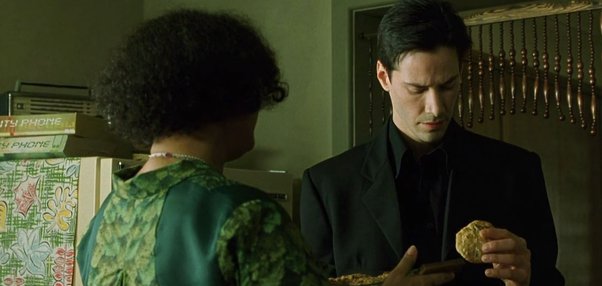I was about to write about the new years resolutions (and I think I still will, some time later), but something got my attention just recently, so I thought to discuss that instead.
You might know that one of the classic rules in writing (including theather, TV shows and movies) is a „three act structure“.
In short:
Act One introduces the hero and their motivation. We (readers/viewers) get to know their everyday life. We learn who our hero is. Then an inciting incident needs to happen to move the protagonist out of their comfort zone. Frodo needs to leave the Shire so that the story can happen. If he stays in the Shire, there is no story. Or there is, but it is very short.

Act Two increases the stakes. The danger becomes a lot more frightening or an obstacle much bigger, in this phase. Neo learns from the Oracle that he is not The One and he is given a chance to save Morpheus, but needs to sacrifice himself.

Act Three is the final confrontation and resolution between the hero and the villain or the antagonist, and it ends in resolution, where the hero comes out victorious or in some other way changed. Luke destroys the Death Star despite all odds.

The three act structure was originally introduced by Aristotle Poetics in 330 BC and further strengthened by Syd Field in 1979 in his Foundations of Screenwriting. The three act structure remained a milestone for the last 2 millennia, with film producers being so rigid that they expect an inciting incident on a page 25 of a 100 page script, and if they don’t see it, the script goes straight into the bin.
But here is the fun fact.
Aristotle didn’t make up the three act structure. He described it based on the plays he had witnessed during his life, realizing which plays were successful and which weren’t. Clearly the three act structure was – and still is – successful.
But think about it for a moment.
Aristotle was analyzing the plays and theatre pieces he witnessed and then described what he saw. That means that the three act structure existed before Aristotle described it and that play writers of the time were doing the three act structure spontaneously because they felt this was the best way to tell a good story.
Now, a lot of writers follow this structure because they read time and again in all sort of craft books that it works. Plot your three act structure and you’ll have a story. Don’t plot a structure, and you will fail. So many writers do plot their stories in three act structure with specific beats in each. We are taught to do so. And for many writers this is exactly the right thing to do.
But I encountered an issue with this process in the book I am currently writing: I discovered that it hinders me.
I followed all the rules: I made the scenes, I made the beats, I got my three act structure. But every time I wanted to start writing the novel, I got stuck. The words didn’t flow. I wrote many thousands of words but it was such a struggle, I had to pull the letters out like taking out a bad tooth. It took ages and it simple didn’t sound good.

I have tried it three times. And each time, I got stuck. First I figured that the reason must have been that I needed more research (and partially it really was so). I can’t write about the 18 century if I don’t know enough about it. So I kept doing research.
Lots of it!
Then I gave it another try.
And it failed again.
After the third try, I came to a conclusion that the book is not meant to be written.
Or at least not yet.
(This actually does happen quite often: famous writers like Neil Gaiman and Dan Brown had to leave their work for years before they could come back to it and finish it.)
I thought maybe this is that type of a book.
But I decided to try one last time.
This time, however, I changed something.
And – to show respect where it’s due – I was inspired by a Becca Syme book Dear Writer, Are You Intuitive? She talks about a type of writing where a writer discovers the story, discovers its three act structure without specifically plotting it (but the three act structure still happens naturally! Remember, the ancient play writers did it spontaneously on their own before Aristotle came. It is possible.)

So that is what I did: I let my inspiration take the steering wheel.
And guess what?
It worked!
The words just poured out, from my Muse through my fingers onto the white page.
No effort.
No pressure.
Just flow.
I am back on track, and that makes me immensely happy!
Sometimes – and this is not only with writing – we need to learn to trust our intuition. And more often than not, it will tell us the truth.
What do you think about this? Do you ever trust your intuition? Did you reject it and afterwards realised you should have listened to it? Or did you listen, and it might have even saved your life (as in, don’t walk down that empty alley)?
Let me know your thoughts! 🙂

